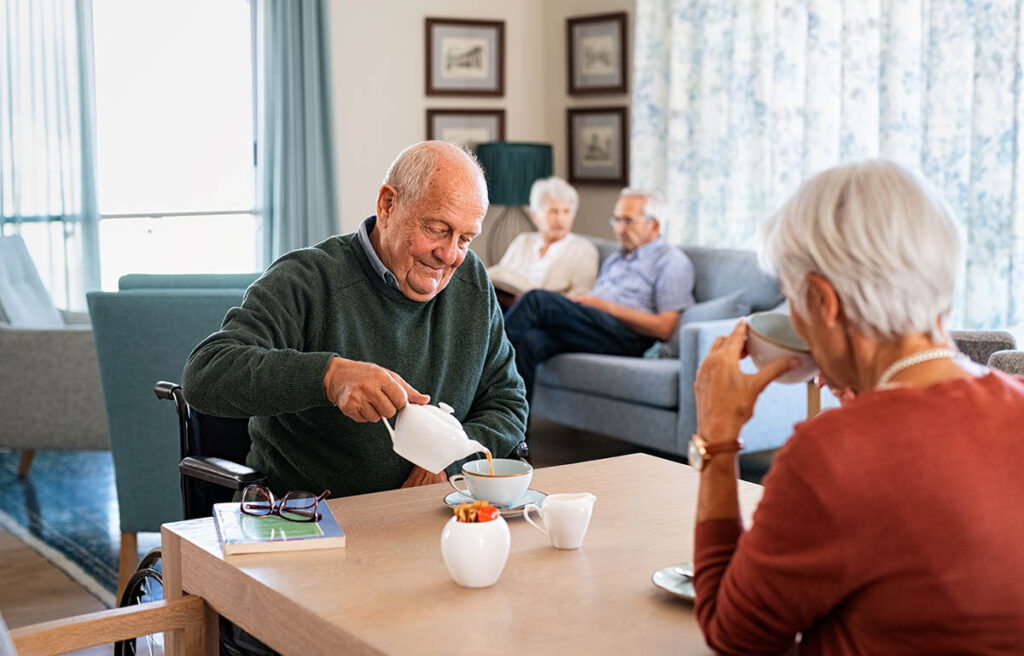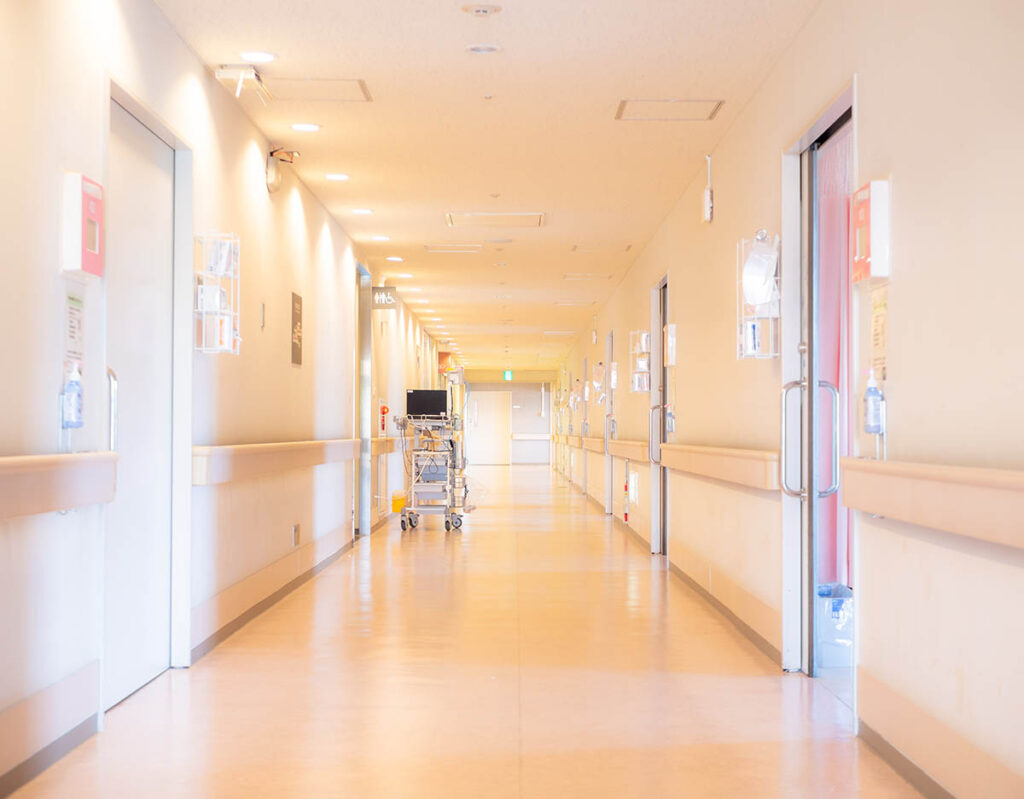OPTIMUM SAFETY IN
AGED CARE FACILITIES
One of the functions that fade with age is the ability to see. A common effect of this declining function is neurodegeneration in the retina. People with this condition need brighter light to see at the same level they previously could with lower light. Experts believe, light, like food and water, is essential to the overall quality of life. As one-quarter of Australia’s population is predicted to be older than 65 by 2050, greater attention is being given to aged care services.



Quality lighting saves lives
Inadequate lighting is a risk to the safety of elderly residents in aged care. Three-quarters of all injury hospitalisations for people aged over 65 are the result of a fall. Globally, falls are the second leading cause of unintentional deaths. Implementing well-designed lighting is important for improved safety in aged care facilities.
Fall-related accidents usually occur when individuals cannot perceive hazards that can cause a trip. Most falls in Australia occur because of household objects such as beds, chairs, and stairs. Such accidents can be better prevented with appropriate lighting, which helps residents be aware of their surroundings, at all hours of the day.
Some common hazard areas that can be alleviated through the better use of lighting include:
- stairways
- corridors
- room entrances with an elevated step
- kitchen areas
Adequate lighting is undeniably essential to the safety of aged care services. But what does optimal lighting in aged care facilities look like? Good lighting should:
- give patients the best chance of quality sensory perception and understanding
- produce a comfortable, visual environment
- allow patients to move throughout the facility, unobstructed.
When patients can see, there is less risk of injury and fall-related fatalities. Well-designed lighting equips patients with the ability to retain sound hazard-perception skills, leading to greater independence and self-esteem.
Implementing safe lighting options
Avoid large variations of light within rooms
Natural lighting is much brighter than indoors. Research suggests that the stark contrast between indoor and outdoor lighting becomes harder for people to cope with as they age. As a result, areas that lead to the outdoors (e.g. corridors and foyers) must be illuminated with brighter light to ease the transition for the elderly.
Human Centric Lighting (HCL) is the way to go
HCL technologies are the perfect solution for those who have limited access to the outdoors. HCL incorporates colour tuning technology to enable a room’s light to produce a predetermined spectrum and intensity. Matching indoor lighting with daylight cycles gives patients visual cues about the time of day, keeping them aligned to their biological clocks. Studies show that this intuitive lighting technology is optimal for one’s overall quality of life.
Learning about lighting
Education is essential in ensuring lighting is improved for the elderly in aged care facilities. Whether it be facility managers, electrical contractors, or lighting designers, everyone needs to understand the link between light and wellbeing. Aged care facility decision-makers should prioritise learning about the importance of lighting in promoting optimal safety for elderly residents.

